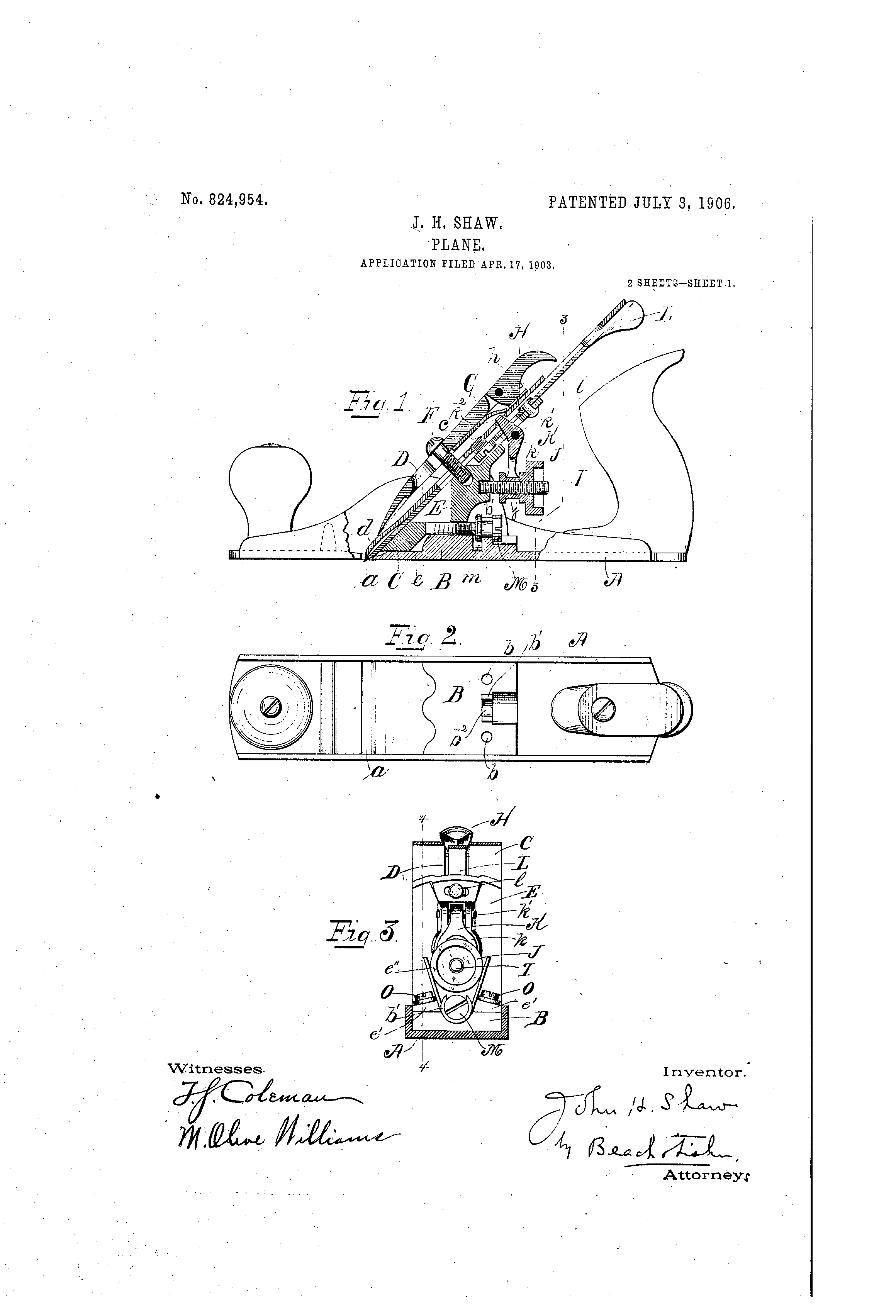Bm101":1uoz02j7 said:
I never did fit that pmv iron to that Record and despite the assurances that it will fit most stanleys/records. This one won't. Not without filing the mouth. Hence the cautionary note.
I think you're right Chris, this is what it says on the Axminster web site about the replacement Veritas irons for Stanley and Record planes,
These Veritas PM-V11 blades are thicker than the standard blade so the mouth of the plane may need to be opened up a bit. This is a simple process using a good quality file and the pawl on the end of the lateral adjust lever on older planes may have to be filed slightly to fit in the blade slot.
I've fitted a few replacement irons over the years and the only one I can recall that dropped straight in was an IBC replacement iron and cap iron into a 1940's Stanley Bedrock, everything else needed a bit of work on the plane with a file.
On the other hand, when you get a matched iron and cap iron from a really good manufacturer, like IBC or Veritas, then they'll mate beautifully. Where as there are plenty of Record and Stanley iron/cap iron combinations out there that need even more time fettling because there's a gap which allows shavings to get jammed between them.
I guess the moral of the story is that you pays your money and you makes your choice!
In terms of the actual performance difference between a Record/Stanley iron and a replacement, well a lot depends on the work you're doing and what timbers you're working with. If you're planing lots of Rosewood end grain or marine plywood edges or laminations glued up with UF adhesives, then you'll probably notice a clear benefit from PMV-11 or A2. But for long grain planing on softwoods or temperate zone hardwoods, then I don't think the difference is all that great. I normally refresh the edge of a plane iron after about ten minutes of constant planing. To put that in context, on a typical workpiece that's say 600 or 700mm long I might well average about 40 or 45 strokes a minute, so that means honing after roughly 400-450 strokes. Here's the rub, that rhythm of planing and honing is now so deeply ingrained that even if the plane iron was still performing after ten minutes I'd find it almost impossible
not to hone...if only to give my arms a brief rest.
Given that a regular Record or Stanley iron meets that ten minute requirement I don't place much of a practical value on a longer performing steel.
When it comes to really heavy planing work, like flattening off a giant waney edged slab for a desk or a table, similar complications are in play. Then I'll prefer an old wooden jack for the majority of the work, and personally I'll take the benefit of the lighter tool and the slicker sole over any sharpness longevity advantages any day. Besides which, if I feel like a honing break after ten minutes planing puny little 600mm long furniture components, then I'm pretty desperate for a honing break after ten minutes grafting away on a two hundredweight slab!
The point I'm making is that in real world woodworking, as opposed to internet thought experiments, there are many other factors in play which muddy the water.






